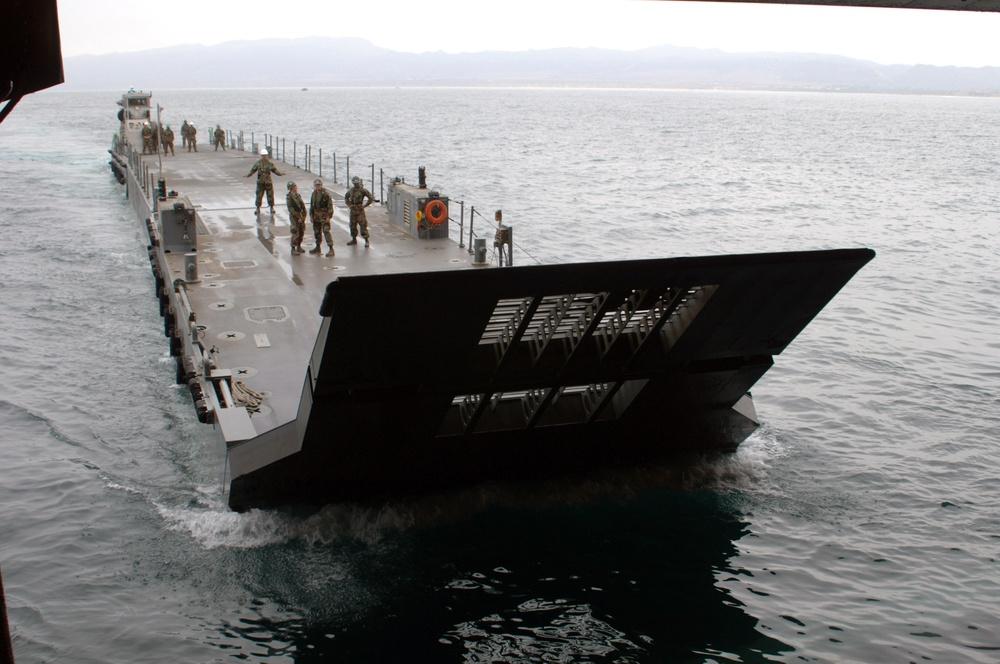In the world of maritime logistics, where ships carry goods across vast oceans, there exists a crucial yet often overlooked service known as lighterage. A subtle ballet of movement and coordination, lighterage logistics play a vital role in the transportation of goods from megaships to smaller ports, ensuring that cargo reaches its destination safely and efficiently. Join us as we delve into the intricate world of lighterage transport and shipping, where every move is carefully orchestrated to keep the global economy flowing.
Exploring the Role of Lighterage in Transport Logistics
Lighterage plays a crucial role in transport logistics by providing a cost-effective and efficient way to transfer cargo between vessels or between ships and port facilities. This process involves the use of smaller boats known as lighters to shuttle goods from larger vessels that are unable to dock directly at a port. Lighterage services are commonly used in situations where deep-water ports are inaccessible to large ships, or when there is limited dock space available.
One of the key advantages of lighterage in transport logistics is its flexibility and ability to adapt to changing circumstances. Lighters can easily navigate shallow waters and maneuver in tight spaces, making them ideal for transferring cargo in challenging environments. Additionally, lighterage services can help reduce congestion at port terminals and improve overall efficiency in the transportation of goods. By incorporating lighterage into their logistics operations, companies can enhance their supply chain management and streamline the movement of cargo across different modes of transportation.

Efficient Strategies for Lighterage Operations in Shipping
involve careful planning and coordination to ensure the smooth transfer of cargo between vessels. One key strategy is to optimize the use of lighterage vessels, which are smaller ships used to transport goods to and from larger vessels anchored offshore. By strategically positioning lighterage vessels and coordinating their movements with larger vessels, shipping companies can minimize delays and maximize efficiency.
- Utilize real-time tracking: Implementing tracking systems on both lighterage and larger vessels can help logistics teams monitor the movement of cargo in real-time, allowing for better coordination and quicker response to any unexpected delays.
- Streamline communication: Clear and efficient communication between all parties involved in the lighterage operation is crucial for success. Utilizing digital communication tools and establishing clear protocols can help streamline the process and minimize errors.

Maximizing Efficiency and Cost-effectiveness in Lighterage Logistics
In the world of lighterage logistics, efficiency and cost-effectiveness are two key factors that can make all the difference. By maximizing efficiency in the transportation and shipping processes, companies can streamline operations, reduce waste, and ultimately save money. One way to achieve this is by utilizing data-driven solutions to track and optimize the movement of goods. By analyzing shipping routes, delivery times, and fuel consumption, companies can identify areas for improvement and make strategic changes to increase efficiency.
Another way to maximize efficiency and cost-effectiveness in lighterage logistics is by investing in technology and automation. From automated inventory management systems to advanced routing software, technology can help streamline processes, reduce human error, and ultimately save both time and money. By embracing innovation and staying ahead of the curve, companies can ensure that they are operating at peak performance and delivering the best possible service to their customers.

Incorporating Innovative Technologies for Improved Lighterage Services
Lighterage services play a crucial role in the efficient transportation of goods across various waterways. By incorporating innovative technologies, such as GPS tracking systems and automated loading/unloading processes, companies can significantly improve the speed, safety, and reliability of their lighterage operations. These advancements allow for real-time monitoring of cargo, optimized route planning, and reduced manual labor, leading to cost savings and increased productivity.
Furthermore, the integration of drones and robotic systems in lighterage services can further streamline operations and enhance efficiency. Drones can be utilized for aerial surveillance and delivery of small packages, while robots can assist in the loading and unloading of cargo. Embracing these cutting-edge technologies not only modernizes the traditional lighterage industry but also ensures a competitive edge in the ever-evolving logistics and shipping sector.
Final Thoughts
In conclusion, lighterage logistics plays a crucial role in the efficient and cost-effective transport of goods through waterways. By utilizing smaller vessels to transfer cargo between larger ships and shore, lighterage logistics ensures smooth and seamless shipping operations. With its innovative methods and strategic approach, this specialized service continues to be a backbone of the maritime industry. As we navigate the complex waters of global trade, let us not forget the invaluable contributions of lighterage logistics in keeping our supply chains moving forward.
